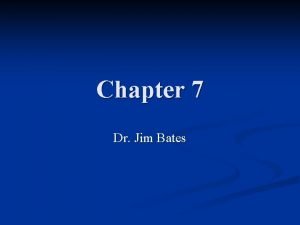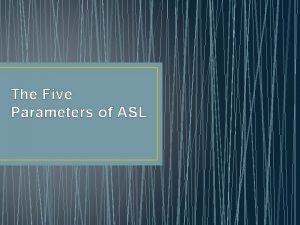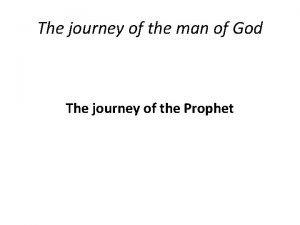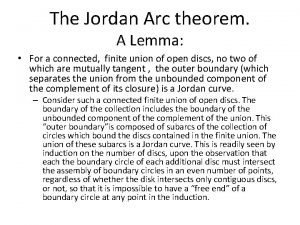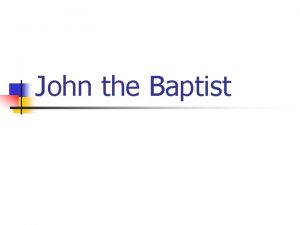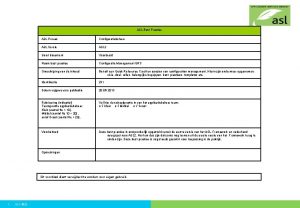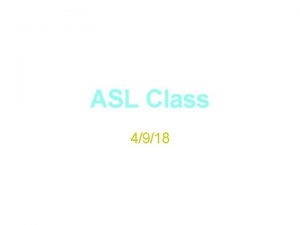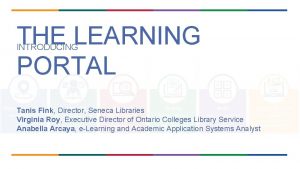ASL WORKSHOP Tanis Emily MirandaLee Jordan WHY ASL








- Slides: 8

ASL WORKSHOP Tanis, Emily, Miranda-Lee, Jordan

WHY ASL? “ We know that 60 -93% of communications is non-verbal - tone, facial expressions (micro-expressions, eye contact)… Most of us are deeply unconscious, intuitive human beings who feel the world more than we think or understand it. ” Bruce Hunter, HOH Poet.

QUICK FACTS American Sign Language is a distinct language unto itself- it is not merely English translated into movements. Facial expressions contribute significantly to ASL § Tone is communicated through facial grammar, and body language It is a spatial and kinesthetic language that encompasses a whole person. It is not a Universal language- much like speech can be accented, so can sign language. § AUSLAN (Australian Sign Language) § BSL (British Sign Language)

WHY TEACH SIGN LANGUAGE? There are 357, 000 culturally Deaf Canadians and 3. 21 million hard of hearing Canadians (1/10). On average, hard of hearing youth at the grade 12 level have a grade 3 reading comprehension level due to the communication gap between teachers and peers. Our goal, by integrating ASL as a second language is to bridge this gap and provide all our students opportunity to learn how to communicate with the hard of hearing.

BENEFITS? Sign language can help students develop physical literacy, spatial awareness, hand-eye coordination, flexibility, and reflexes. By teaching ASL in our school, we encourage the enhancement of cognition, creative and abstract thinking. As well as, the opportunity to open oneself up to the unique cultural experiences that comes with interacting with the hearing loss community. Sign language with specific sight words can improve reading at a faster rate Sign language helps students develop more constructive, and positive ways of dealing with expressing emotions, and leading to positive peer interactions and communications.

CONNECTIONS? Love: Two Prongs 1. Love of others- teaching signing as a viable and valuable language encourages inclusion of differently abled bodies. 2. Love of Expression- Signing allows for a new method of expression: it allows for physical methods to express thoughts rather than simply words. Sustainability: Teaching sign language allows for the sustainability of the language and dialect. Keeping diverse languages in use allows for the propagation of varied culture and expression.

WHAT ABOUT CURRICULUM? P. E: Select, perform and refine simple locomotor sequences. Consistently and confidently perform locomotor skills and combination of skills, by using elements of body and space awareness. General Outcome A: Students will acquire skills through a variety of developmentally appropriate movement activities. General Outcome C: Students will interact positively with others ELA: § General Outcome 1: Students will listen, speak, read, write, view and represent to explore thoughts, ideas, feelings and experiences § General Outcome 2: Students will listen, speak, read, write, view and represent to comprehend literature and other texts in oral, print, visual and multimedia forms, and respond personally, critically and creatively. § General Outcome 4: Students will listen, speak, read, write, view and represent to create oral, print, visual and multimedia texts, and enhance the clarity and artistry of communication. § General Outcome 5: Students will listen, speak, read, write, view and represent to respect, support and collaborate with others

REFERENCES

